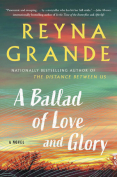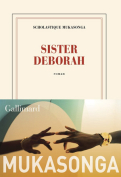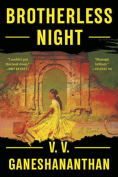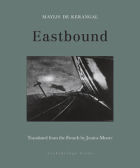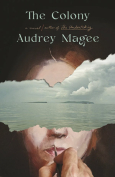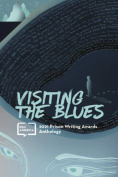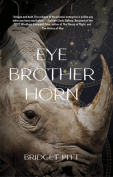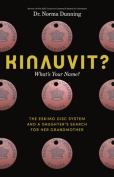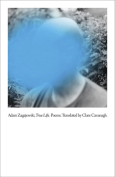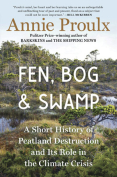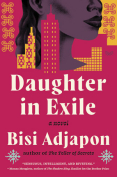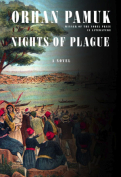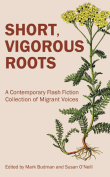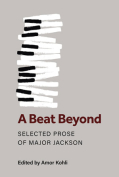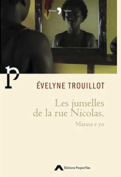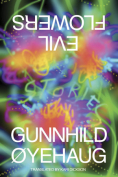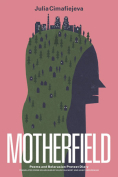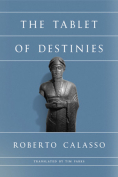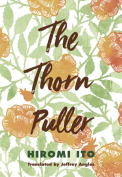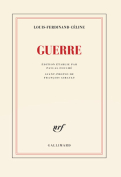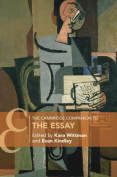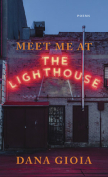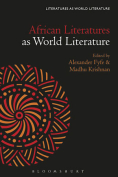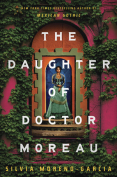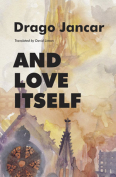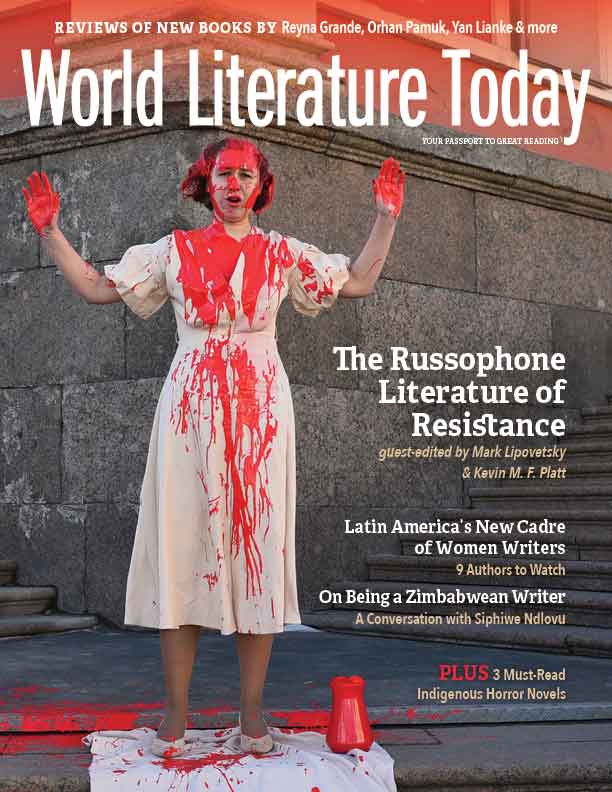The Colony by Audrey Magee
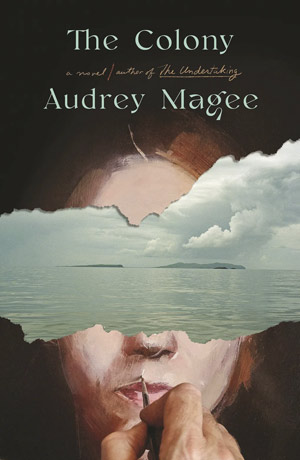 New York. Farrar, Straus, and Giroux. 2022. 374 pages.
New York. Farrar, Straus, and Giroux. 2022. 374 pages.
SET ON A REMOTE ISLAND off the western coast of Ireland in the summer of 1979 and written in a style that alternates between terse dialogue, revealing streams of consciousness, and poetic descriptions of an unforgiving landscape, Audrey Magee’s The Colony is a stunning meditation on place, power, and self-determination. Magee’s second novel, longlisted for the Booker Prize and shortlisted for both the Women’s Prize for Fiction and the Irish Book Prize, features a compelling constellation of characters struggling to assert an identity of their own design. While the violence of the Troubles escalates, first in the background but soon in ways that intrude upon their lives, they must negotiate the personal and political implications of their ambitions and desires.
From the perspective of Mr. Lloyd, the English painter with a colonizer’s gaze who travels there to spend the summer painting its cliffs, the island is nothing but “a large rock” located “on the edge of Europe.” Although he is a landscape painter, Lloyd quickly begins to fancy himself an English Gauguin, painting portraits of “the islanders” (as they are called throughout the novel), despite having explicitly promised his hosts that he was not there to paint people. Meanwhile, French linguist JP Masson arrives on the island to spend his fourth summer in a row completing doctoral research that he hopes will help rescue the Irish language from extinction. The conflict between the two men is inevitable and immediate—each resents the other’s intrusion upon a place to which he feels entitled. Neither realizes the irony of his own intrusion, both foreigners with their own agendas imposing their politics on a group of people who, historically, have not been afforded a say in much that affects them.
Fifteen-year-old James and his mother, Mairéad, arguably the novel’s most compelling characters, are the islanders whose lives are most upended by Lloyd’s and Masson’s summer projects. Each is caught in their own way between tradition and a personal desire to subvert the status quo and forge their own identities. James becomes Lloyd’s student, wishing to escape his fate as a fisherman by moving to London with him to be an artist: “Despite all the troubles of Northern Ireland and the tension between Dublin and London, a wonderful new exhibition showing the work of an English artist and his Irish protégé proves that art is greater than politics.” Meanwhile, the young widow Mairéad, resigned to living out the rest of her life on the island, finds other ways to challenge expectations, secretly posing nude for Lloyd’s paintings. Though they should, ostensibly, resent the Englishman’s presence on the island and his social and economic power over them, both James and Mairéad seek to borrow some of his authority to free themselves from the inevitability of their prescribed roles.
Just as Lloyd and Masson disrupt the islanders’ status quo, the narrative arc is structurally disrupted by short, factual descriptions of the killings occurring in Northern Ireland that summer, including the IRA bombing that killed Lord Mountbatten and several members of his family in August 1979. Both stylistically and in their explicitly violent content, these episodes are jarring, wrenching the reader out of the slow, quiet solitude of life on the island. The juxtaposition reminds us that the linguistic and cultural conflicts taking place on the island and the political violence of the Troubles are actually one and the same. Even as the violence occurs in different registers, this threat of destabilization looms over the entire novel.
Ann Marie Short
Saint Mary’s College
